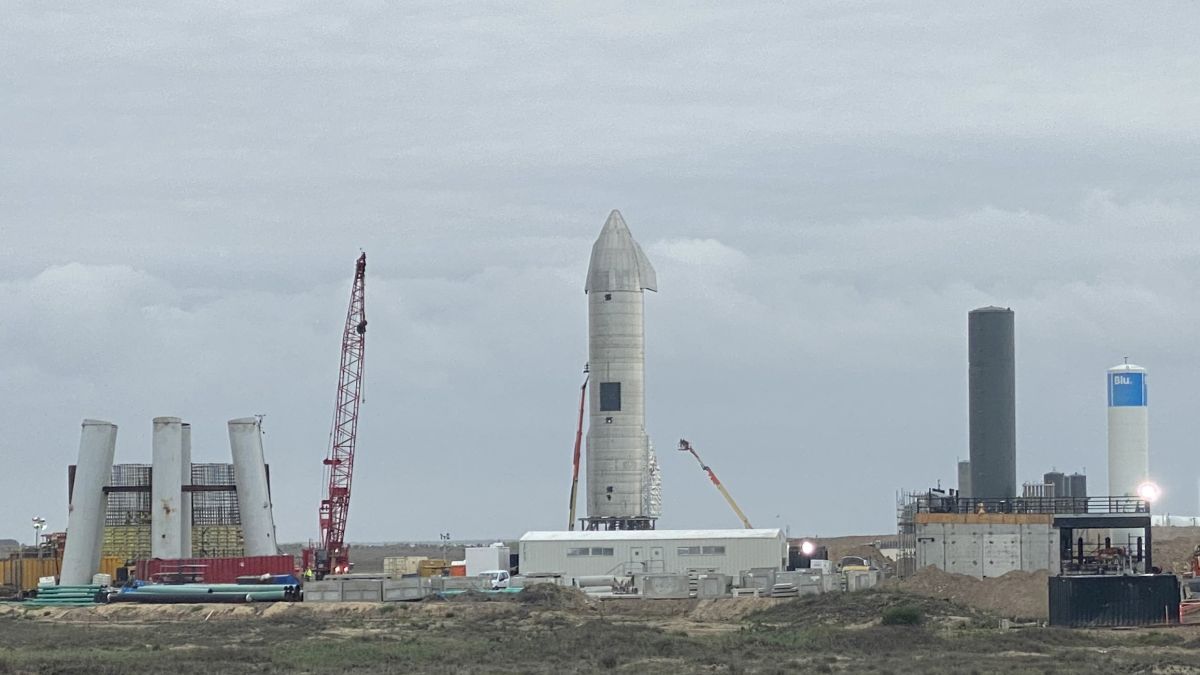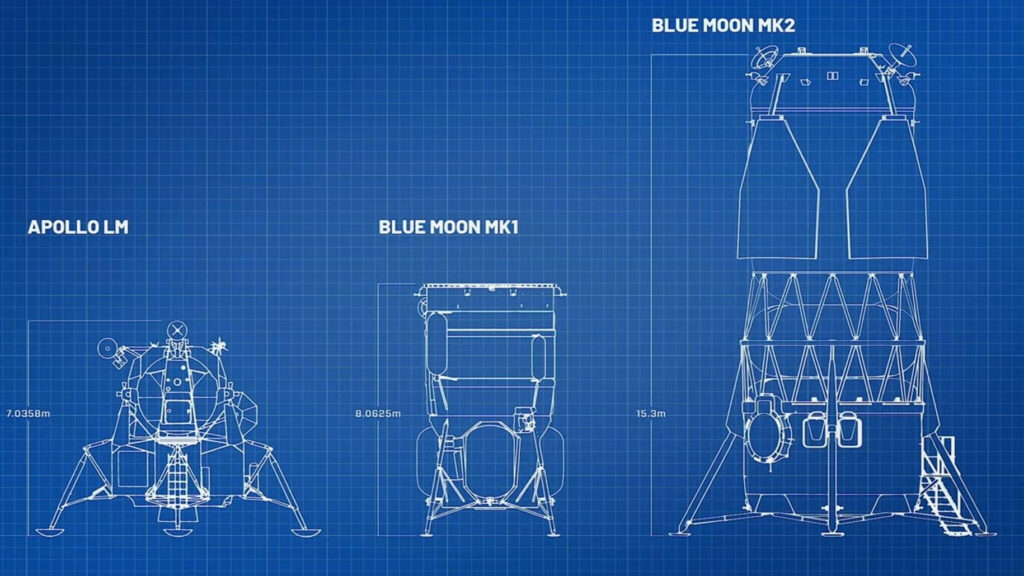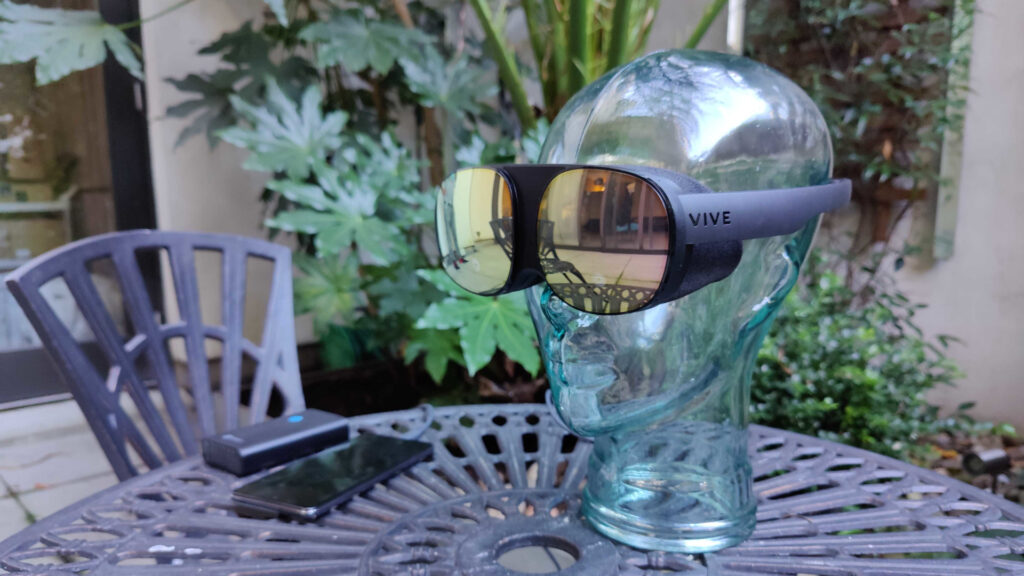
[embedded content]
SpaceX is moving on quickly from its latest fallen Starship prototype.
Elon Musk’s company rolled out the newest Starship test vehicle, known as SN15 (“Serial No. 15”), its South Texas launch pad last Thursday (April 8), just over a week after its predecessor exploded during a high-altitude flight.
That previous vehicle, SN11, performed well during most of its 6.2-mile-high (10 kilometers) flight on March 30 but suffered a serious problem while gearing up for landing. (SpaceX skipped the SN12, SN13 and SN14 iterations, going directly from SN11 to SN15.)
Video: Watch SpaceX’s Starship SN11 launch on a test flight
That’s been the pattern for all four Starship prototypes that have attempted this leap in the past four months: All flew nicely until the very end but couldn’t stick the landing. (SN10 actually landed in one piece in early March, but it exploded a few minutes later.)
SpaceX is now grooming SN15 for a similar flight in the near future. There’s reason to be optimistic about a different outcome this time, and not just because SpaceX tends to learn quickly from issues that crop up during testing: SN15 is a much-improved Starship prototype, featuring “hundreds of design improvements across structures, avionics/software & engine,” Musk said via Twitter late last month.
SpaceX is developing Starship to take people and cargo to the moon, Mars and other faraway locations. The deep-space transportation system consists of two elements, both of which are designed to be fully reusable: a 165-foot-high (50 meters) spacecraft called Starship and a giant first-stage rocket known as Super Heavy.
Both Starship and Super Heavy will be powered by SpaceX’s next-generation Raptor engines — six for the spacecraft and about 30 for the first-stage booster. Like the four other vehicles that tried the 6-mile leap, the SN15 prototype sports three Raptors.
Mike Wall is the author of “Out There” (Grand Central Publishing, 2018; illustrated by Karl Tate), a book about the search for alien life. Follow him on Twitter @michaeldwall. Follow us on Twitter @Spacedotcom or Facebook.



